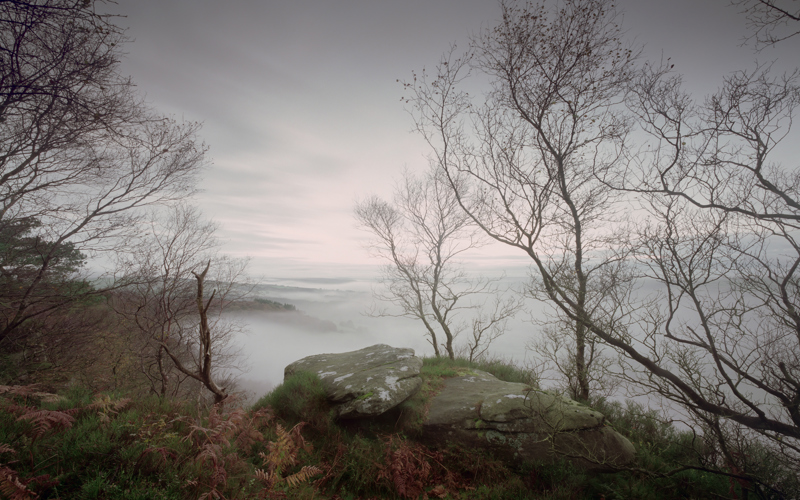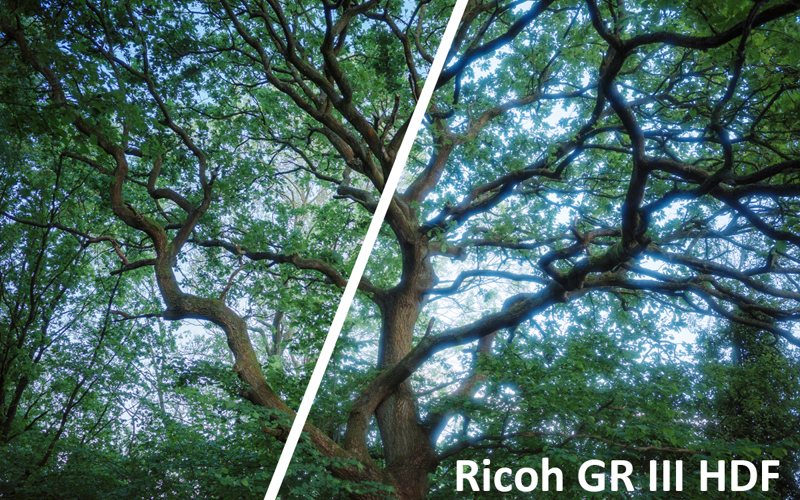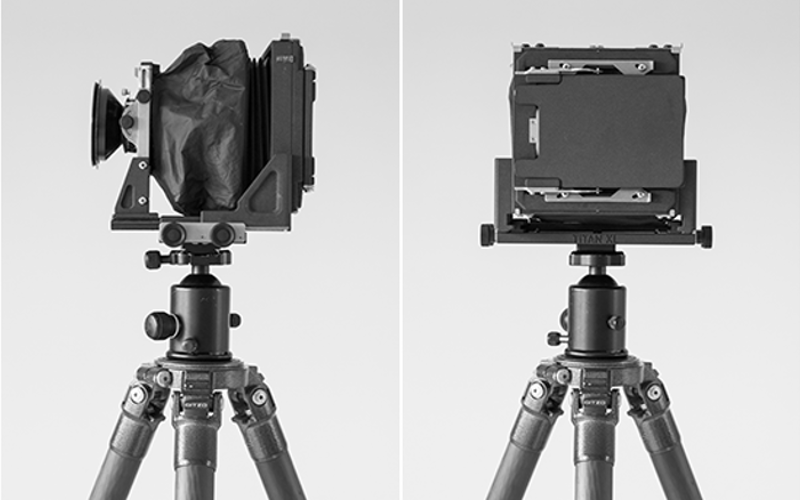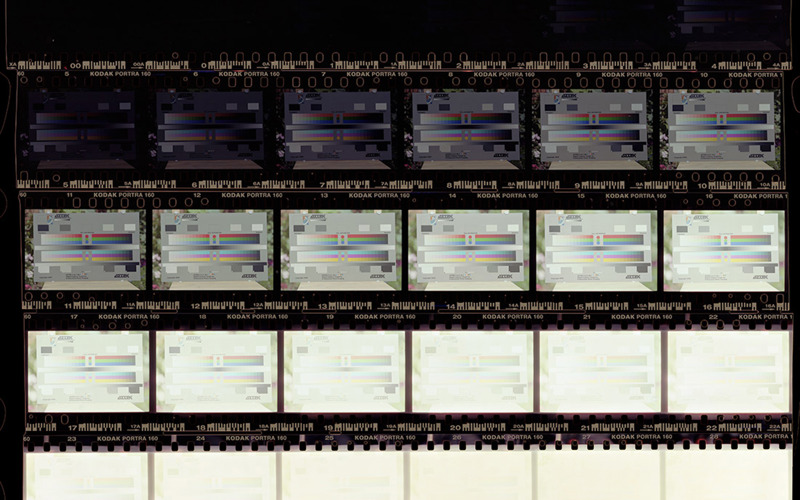Canon EF 11-24mm f/4L USM Lens Review
Ultra-wide landscapes
My journey into landscape photography began in earnest in 2006, equipped with the capable Canon 17-40mm f/4 lens and my trusty 12-megapixel Canon 5D. This combination, especially at an aperture of f/8 to f/16, delivered stunning results that still impress me today, as evidenced by a large print from this setup adorning my wall.
However, as camera technology evolved, with higher megapixel counts becoming the norm, the 17-40mm lens began to show its age. It was increasingly challenging to match the sharpness and detail demanded by modern high-resolution cameras.
2016 brought the opportunity to acquire a second-hand Canon 11-24mm f/4 lens. This lens, when coupled with the high-resolution 50-megapixel Canon 5DSR, produced truly remarkable results. This brief review, derived from years of use, focuses on practical experience rather than delving into technical resolution specifics.
Build Quality
One of the standout features of the Canon 11-24mm f/4 is its impeccable build quality, a hallmark of Canon's L series lenses. Weighing in at 1.18kg, it's a substantial piece of equipment, primarily due to its large, bulbous front element. The lens also features a built-in hood, adding to its robust and user-friendly design.
Image Quality
The 11-24mm f/4, despite being an extreme wide-angle lens, delivers excellent image quality. Sharpness is maintained impressively in the centre across the focal range, although corner sharpness does diminish a little towards the mid and outer frame at the widest angles. The lens exhibits some chromatic aberrations, as illustrated in the accompanying image, but these are readily correctable with camera raw software. Below, you'll find a selection of real-world images highlighting centre and edge performance. The full images these crops are taken from can be found at the bottom of the page.
Astrophotography
Although an f/4 lens is not typically sought out for night photography it can still product superb images at night, after all under a full moon its not unusual to be working at f/8. Unfortunately I don't have any tracked and stacked images with the 11-24 but below are a couple of single frame examples at 12mm and 17mm in the 20 to 30 second exposure range.
Using filters
Using filters
Adapting filters to the Canon 11-24mm f/4 lens presents a range of options, albeit at a higher cost. My personal experience with the Lee SW150 filter system was positive in terms of the results it produced. However, users should be aware of its size and bulkiness, as well as the potential for internal reflections, especially when shooting towards light sources.
The emergence of mirrorless cameras has broadened the possibilities for using filters with this lens. The Canon RF adaptor, for instance, facilitates rear filter placement, presenting an exciting avenue for creative photography. Although I switched to Sony and haven't experimented with this setup, it undoubtedly offers intriguing opportunities for photographers.
Shifting
The large image circle of the 11-24mm lens also offers the unique opportunities when combined with a shift adaptor and mirrorless camera. This allows for perspective control, a crucial aspect in architectural and landscape photography. Despite its limited shift capacity at 11mm, I found the image quality to rival, if not surpass, that of the 17mm TS-E lens at full shift. A point to note is the absence of EXIF data when using these adaptors. My experience was with a basic Fotodiox EF to FE shift adaptor was satisfactory, but there are also higher-end adaptors available for both mirrorless 35mm and medium format cameras, which will offer better performance. However, for the very best results you need to remove the built in lens hood - there are services available to do this. Getting a quality shift adapter and lens hood removal makes for a very expensive but unique combination.
Conclusion
Although I eventually sold the Canon 11-24mm f/4 lens after transitioning to the Sony system, it remains one of my most used lenses in terms of number of images taken. Its unique field of view and high image quality, along with the option for rear filters on current Canon mirrorless cameras, keep it an attractive choice for ultra-wide-angle photography. Once I started using this lens I reached for my 24 and 17mm TS-E lenses much less. Additionally, this lens often presents a bargain in the used market.
While I used the Canon 11-24mm extensively on my Sony A7RIII with a Sigma MC-11 adaptor, I ultimately opted for a native Sony lens. The Sony 12-24 f/4, though smaller and lighter, suffered significantly from lens flare when shooting with the sun in the frame. My switch to the Sony 12-24mm GM lens, while not as wide as the 11-24, offered a lighter build, f/2.8 aperture, and superior image quality.
Pros:
The lens's 11mm focal length is unique.
Highly versatile lens for landscapes and architecture.
Centre sharpness is maintained across all focal lengths.
Good image quality even at extremes.
Cons:
Image quality diminishes towards the edges at wider angles.
The lens's weight is considerable, which might be a hindrance for photographers who prefer lighter gear.
Using filters with this lens necessitates expensive adapters, adding to the overall cost and complexity of the setup.
Full images of the example crops
Canon 11-24mm Gallery
More Reviews

No matter how familiar the place might seem, it always holds the potential to reveal something new, something unexpected, something magical - if only for a brief moment before it's gone forever.
View
The Ricoh GR III HDF is tiny and genuinely pocketable. Its APS-C sensor and remarkably sharp prime lens deliver DSLR-like quality in a highly compact package.
View
A robust large format view camera designed specifically for ultra wide angle lenses.
View





















